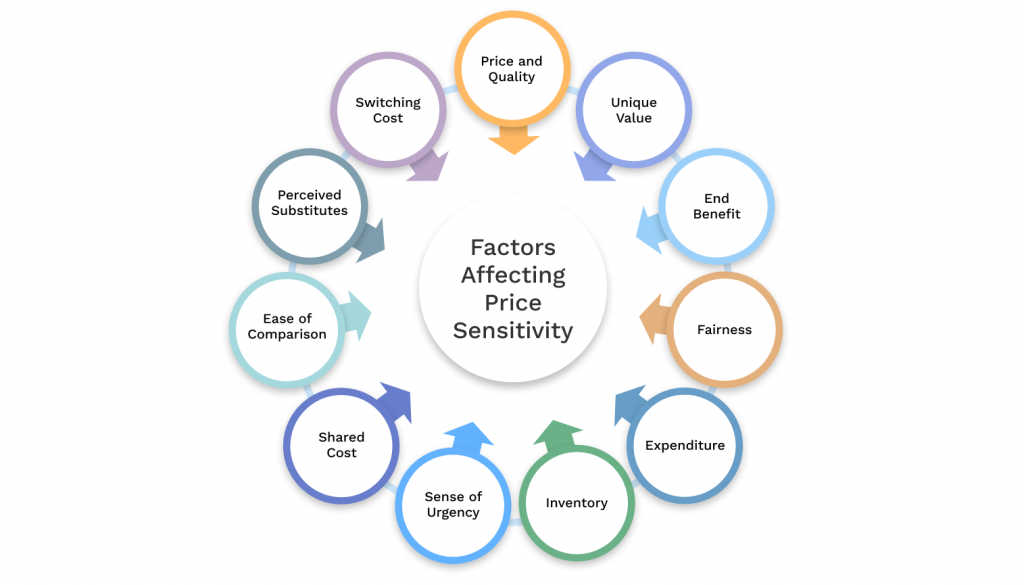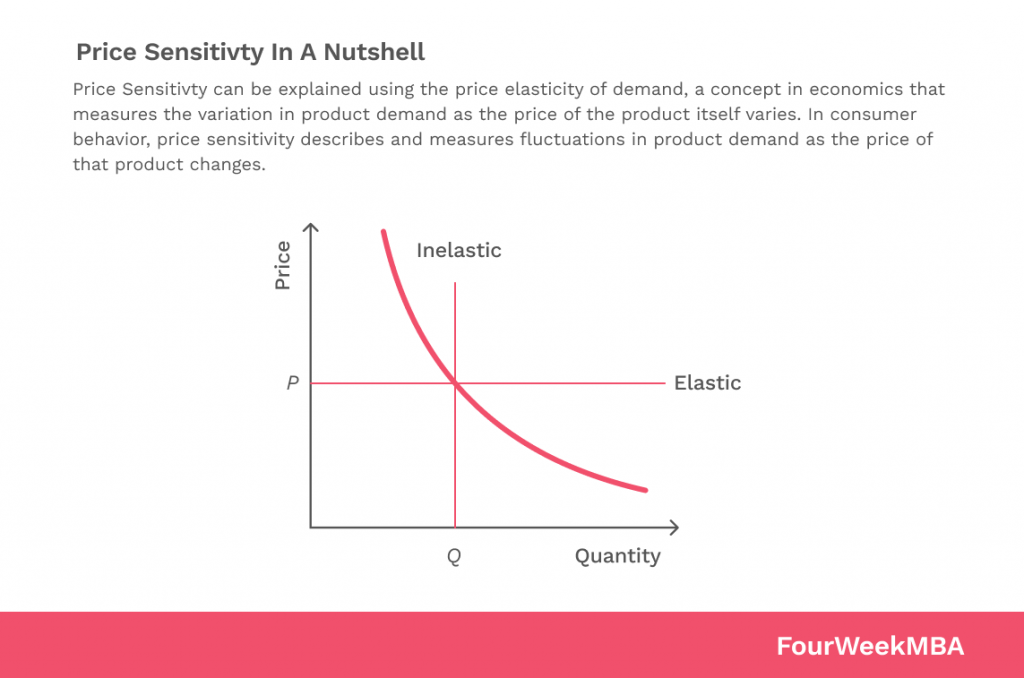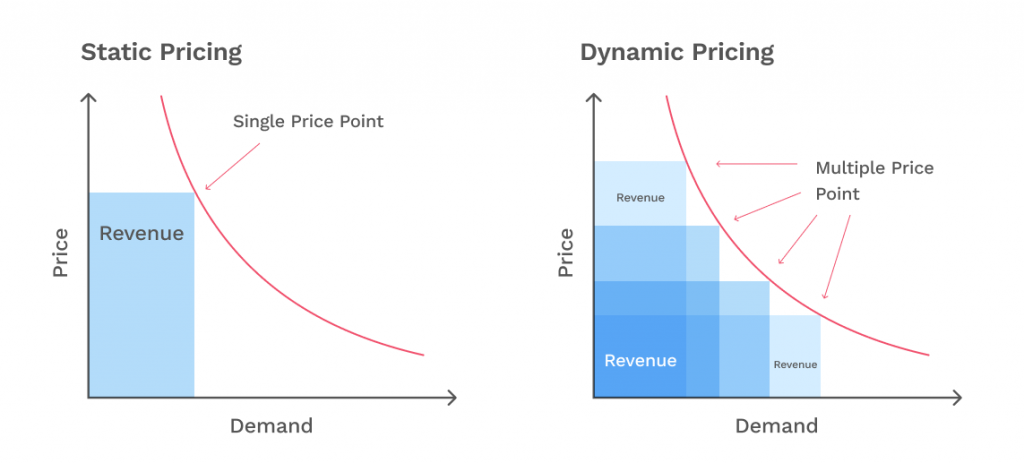Identifying and Winning Price Sensitive Consumers
Identifying and Winning Price Sensitive Consumers
According to a recent survey, more than 50% of Americans are experiencing financial hardship, and over 33% are having difficulty paying for regular household expenses due high inflation.
For businesses, understanding and catering to price sensitive consumers is more crucial than ever. As budgets tighten and spending habits change, businesses must adapt their strategies to meet the evolving demands of these consumers.
In this article, we explore the characteristics of price sensitive consumers, their impact on business, and the strategies to attract and retain them. We also highlight how leveraging AI can help provide valuable insights, make data-driven decisions, and implement effective pricing strategies.
Quick Takeaways
- Price sensitive consumers are cost-conscious, flexible, research-oriented, and their loyalty lies with brands that provide the highest value for the price.
- A 1% improvement in your pricing strategy can result in up to an 11% increase in profits.
- Price sensitivity influences sales volumes, profit margins, brand perception, and competitive advantage. Businesses need to understand and manage price sensitivity to maximize profitability and market share.
- AI and data analytics play a crucial role in identifying price sensitive consumers, highlighting patterns and trends, and predicting future behavior.
- AI profit optimization software enables predictive analytics, dynamic pricing, price optimization, customer segmentation, personalized pricing, and competitor analysis.
Understanding Price Sensitive Consumers
Price sensitive consumers are those whose purchasing decisions are greatly influenced by the price of a product or service. These consumers are always on the hunt for the best deals, discounts, and promotions, and are more likely to switch brands if they find a similar product or service at a lower price.
However, price sensitivity doesn’t necessarily equate to cheapness. Rather, it’s about the perceived value. Price sensitive consumers are willing to pay more if they believe the product or service offers superior value or quality. They are constantly evaluating the cost-benefit ratio, and their loyalty lies with the brand that provides the highest value for the price.

Several characteristics define price sensitive consumers:
- Cost-conscious. They are always aware of the prices of goods and services and are likely to compare prices before making a purchase.
- Value seekers. They seek the best value for their money, which means they consider the quality and benefits of a product or service relative to its cost.
- Flexible. They are not particularly brand loyal and are willing to switch brands to get a better deal. But, if a brand consistently offers value, they can become loyal customers.
- Research oriented. They often conduct thorough research before making a purchase to ensure they are getting the best deal. This could involve reading reviews, comparing prices, and seeking recommendations.
The Impact of Price Sensitivity on Business
Researchers at the Harvard Business School found that a 1% improvement in your pricing strategy can result in up to an 11% increase in profits.
When customers are price-sensitive, understanding and managing price sensitivity is crucial to maximize profitability and market share.
Sales Volume
Price sensitive consumers make up a significant portion of the market in many industries. If a business can effectively cater to these consumers, it can drive up sales volumes.
However, it’s a delicate balance. Pricing too high can deter these consumers, but pricing too low can hurt profit margins.
Profit Margins
Price sensitivity directly impacts a company’s profit margins. Businesses need to find the optimal price point that maximizes both sales volume and profit per unit.
This is where understanding the price elasticity of demand–the degree to which demand changes in response to price changes–becomes crucial.

Brand Perception
How a brand handles its pricing strategy can significantly affect its perception in the market. A brand that consistently offers value for money can attract and retain price sensitive consumers, enhancing its reputation. On the other hand, perceived overpricing can lead to a negative image among these consumers.
Competitive Advantage
Businesses that understand and cater to price sensitive consumers can gain a competitive advantage. By offering better value or effectively communicating the value of their products or services, they can win over consumers who are comparing prices among competitors.
Identifying Price Sensitive Consumers
To develop effective pricing strategies, you first need to identify price sensitive consumers. By understanding who these consumers are, businesses can tailor their approach to meet these consumers’ needs and maximize profitability.
Here are some techniques and tools for identifying price sensitive consumers:
Market Research
Surveys, focus groups, and interviews can provide valuable insights into consumers’:
- Buying habits
- Preferences
- Sensitivity to price changes
Questions about their reaction to hypothetical price changes, their past behavior during sales or discounts, and their comparison shopping habits can help identify price sensitive consumers.
Customer Segmentation
This involves dividing the market into distinct groups based on various factors, including price sensitivity. Demographic factors (like income level), psychographic factors (like value orientation), and behavioral factors (like purchase frequency) can all play a role in price sensitivity.

Analysis of Purchase Data
Examining past purchase data can reveal patterns that indicate price sensitivity. For example, consumers who frequently purchase items on sale or switch brands based on price are likely price sensitive.
Price Elasticity of Demand Analysis
This economic concept measures how demand for a product changes in response to price changes. Products with high price elasticity see significant changes in demand when prices change, indicating a more price sensitive consumer base.
The Role of AI in Identifying Price Sensitive Consumers
The role of AI and data analytics in identifying price sensitive consumers cannot be overstated. Advanced analytics can process vast amounts of data to identify patterns and trends that might not be apparent through manual analysis. For example, machine learning algorithms can analyze:
- Transaction data
- Customer interactions
- Social media behavior
AI can also predict future behavior based on past patterns. For instance, if a consumer frequently purchases during sales, the AI can predict that they are likely to do so in the future, indicating price sensitivity.
Strategies for Winning Price Sensitive Consumers
Successfully attracting and retaining price sensitive consumers requires a strategic approach that goes beyond simply lowering prices. Here are some strategies that your business can employ:
- Value-Based Pricing. This strategy involves setting prices based on the perceived value of a product or service to the customer, rather than on the cost of production. By emphasizing the benefits, quality, and unique features of your offerings, you can justify a higher price point to price sensitive consumers.
- Tiered Pricing. Offering products or services at different price points can cater to a wider range of consumers, including those who are price sensitive. Each tier should offer increasing value to justify the higher prices.
- Promotions and Discounts. Limited-time promotions, discounts, and sales can attract price sensitive consumers. However, these should be used strategically to avoid devaluing your offerings or encouraging consumers to wait for sales before making purchases.
- Loyalty Programs. Rewarding repeat customers with points, discounts, or exclusive deals can encourage loyalty among price sensitive consumers. These programs can make consumers feel they are getting more value for their money, increasing their willingness to purchase.
- Transparent Pricing. Price sensitive consumers appreciate transparency. Hidden fees or unexpected costs can deter these consumers. Make all costs clear from the outset to build trust and prevent cart abandonment.
- Bundling. Offering products or services together at a lower price than if purchased separately can provide perceived value. This strategy can encourage larger purchases while providing a deal for price sensitive consumers.
- Price Matching. If feasible for your business, offering to match lower prices found elsewhere can attract price sensitive consumers. This strategy can give consumers confidence that they are getting the best deal.
- Effective Communication. Clearly communicate the value and benefits of your products or services. Highlight the quality, durability, after-sales service, or any other factors that justify the price of your offerings.

6 Ways AI Profit Optimization Software Can Help
AI profit optimization software can be a game-changer when it comes to managing price sensitive consumers. By leveraging advanced algorithms and machine learning, these tools can help businesses make data-driven decisions and implement effective pricing strategies.
1. Predictive Analytics
AI can analyze historical data to predict future consumer behavior. For example, it can forecast how price sensitive consumers might respond to a price change, allowing businesses to adjust their pricing strategies proactively.
2. Dynamic Pricing
AI can enable dynamic pricing, where prices are adjusted in real-time based on various factors such as:
- Demand
- Competitor pricing
- Customer behavior
This can be particularly effective for price sensitive consumers, who are always on the lookout for the best deals.

3. Price Optimization
AI can help determine the optimal price point that maximizes profit while still attracting price sensitive consumers. It does this by analyzing various factors, including price elasticity of demand, competitor pricing, and market trends.
4. Customer Segmentation
AI can analyze vast amounts of data to segment customers based on their price sensitivity. This allows businesses to tailor their pricing strategies and marketing efforts to different segments, improving efficiency and effectiveness.
5. Personalized Pricing
With enough data, AI can even enable personalized pricing, offering specific prices to individual customers based on their purchase history, behavior, and price sensitivity.
6. Competitor Analysis
AI can monitor and analyze competitor pricing in real-time, helping businesses stay competitive in the market and appeal to price sensitive consumers who often compare prices before purchasing.
Woo Your Price Sensitive Consumers Today with Hypersonix
The key to winning price sensitive consumers lies in understanding their mindset and meeting their needs. By offering them the right value at the right price, businesses can not only attract these consumers but also foster their loyalty, leading to sustained profitability and growth.
Hypersonix is a profit optimization platform that uses AI-powered tools to help DTC and eCommerce companies excel. Hypersonix’s ProfitGPT inventory management tools can help businesses leverage generative AI to provide actionable insights about inventory levels and pricing strategies.
To see how Hypersonix’s AI tools can help boost your eCommerce sales, request a demo today!





